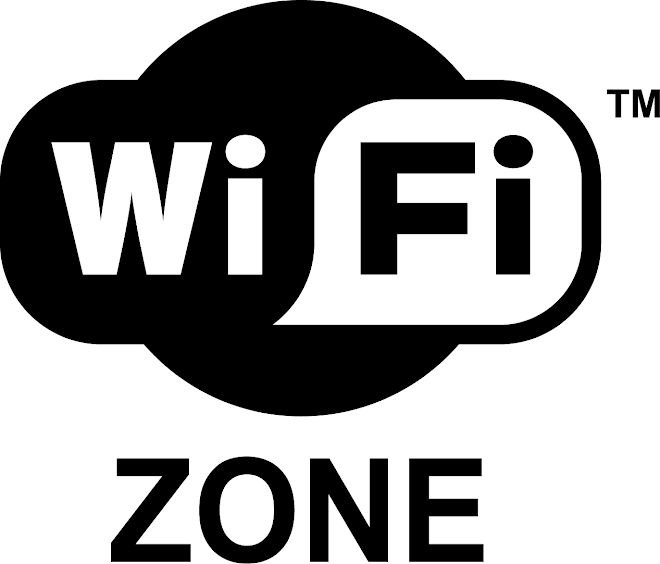μs microseconds
2G second generation (cellular)
3G third generation (cellular)
AC access category
ACK acknowledgement
ADC analog-to-digital converter
ADDBA add block acknowledgement
ADDTS add traffic stream
AGC automatic gain control
AID association identifier
AIFS arbitration inter-frame space
A-MPDU aggregate MAC protocol data unit
A-MSDU aggregate MAC service data unit
AoA angle of arrival
AoD angle of departure
AP access point
APSD automatic power save delivery
A-PSDU aggregate PHY service data unit
AS angular spectrum
ASEL antenna selection
AWGN additive white Gaussian noise
BA block acknowledgement
BAR block acknowledgement request
BCC binary convolution code
BF beamforming
BICM bit interleaved coded modulation
bps bits-per-second
BPSCS coded bits per single carrier for each spatial stream
BPSK binary phase shift keying
BSS basic service set
BSSID BSS identifier
BW bandwidth
CBPS coded bits per symbol
CBPSS coded bits per spatial stream
CBW channel bandwidth
CCA clear channel assessment
CCDF complementary cumulative distribution function
CCK complementary code keying
CFP contention free period
CP contention period
CRC cyclic redundancy code
CS carrier sense
CSD cyclic shift diversity
CSI channel state information
CSMA carrier sense multiple access
CSMA/CA carrier sense multiple access with collision avoidance
CSMA/CD carrier sense multiple access with collision detection
CTS clear to send
CW contention window
DA destination address
DAC digital-to-analog converter
dB decibels
dBc decibels relative to carrier
dBi decibels isotropic relative to an antenna
dBm decibel of measured power referenced to one milliwatt
DBPS data bits per OFDM symbol
dBr dB (relative)
DC direct current
DCF distributed coordination function
DELBA delete block acknowledgement
DIFS DCF inter-frame space
DLS direct link session
DS distribution system
DSL digital subscriber line
DSSS direct sequence spread spectrum
DTIM delivery traffic indication message
DVD digital versatile disc
EDCA enhanced distributed channel access
EIFS extended inter-frame space
ERP enhanced rate PHY
ESS extended service set
ETSI European Telecommunications Standards Institute
EVM error vector magnitude
EWC Enhanced Wireless Consortium
FCC Federal Communications Commission
FCS frame check sequence
FEC forward error correction
FFT fast Fourier transform
FHSS frequency hopped spread spectrum
FS free space
FTP file transfer protocol
GF Greenfield
GF-HT-STF Greenfield High Throughput Short Training field
GHz gigahertz
GI guard interval
GIF graphics interchange format
GPS global positioning system
HC hybrid coordinator
HCCA HCF controlled channel access
HCF hybrid coordination function
HEMM HCCA, EDCA mixed mode
HT high throughput
HTC high throughput control
HT-DATA High Throughput Data field
HT-LTF High Throughput Long Training field
HTSG High Throughput Study Group
HT-SIG High Throughput Signal field
HT-STF High Throughput Short Training field
HTTP hypertext transfer protocol
Hz Hertz
IBSS independent basic service set
IC integrated circuit
IDFT inverse discrete Fourier transform
IEEE Institute of Electrical and Electronic Engineers
IFFT inverse fast Fourier transform
IFS inter-frame space
IP Internet Protocol
IPv6 Internet Protocol version 6
IR infrared
ISI inter-symbol interference
ISM industrial, scientific, and medical
JPEG Joint Photographic Experts Group
kHz kilohertz
km/h kilometers per hour
LAN local area networking
LDPC low density parity check
LLC logical link control
L-LTF Non-HT (Legacy) Long Training field
LNA low noise amplifier
LOS line-of-sight
LSB least significant bit
L-SIG Non-HT (Legacy) Signal field
L-STF Non-HT (Legacy) Short Training field
LTF Long Training field
m meters
MAC medium access control
MAI MRQ or ASEL indication
MAN metropolitan area networking
Mbps megabit per second
MCS modulation and coding scheme
MF mixed format
MFB MCS feedback
MFSI MCS feedback sequence indication
MHz megahertz
MIB management information base
MIMO multiple-input multiple-output
ML maximum likelihood
MMPDU MAC management protocol data unit
MMSE minimum mean-square-error
MPDU MAC protocol data unit
MPEG Moving Picture Experts Group
MRC maximal-ratio combining
MRQ MCS request
Msample/s mega-samples per second
MSB most significant bit
MSDU MAC service data unit
MSE mean-square-error
MSFI MCS feedback sequence identifier
MSI MCS request sequence identifier
NAV network allocation vector
NDP null data packet
NF noise figure
NLOS non-line-of-sight
nsec nanosecond
OBO output back-off
OBSS overlapping BSS
OFDM orthogonal frequency division multiplexing
OSI open systems interconnection
PA power amplifier
PAR project authorization request
PAS power angular spectrum
PC point coordinator
PCF point coordination function
PCO phased coexistence operation
PDU protocol data unit
PER packet error rate
PHY physical layer
PIFS PCF inter-frame space
PLCP physical layer convergence procedure
PPDU PLCP protocol data unit
ppm parts per million
PSD power spectral density
PSDU PLCP service data unit
PSMP power-save multi-poll
PSMP-DTT PSMP downlink transmission time
PSMP-UTT PSMP uplink transmission time
QAM quadrature amplitude modulation
QoS quality of service
QPSK quadrature phase shift keying
R code rate
RA receiver address
RD reverse direction
RDG reverse direction grant
RF radio frequency
RIFS reduced inter-frame space
RMS root-mean-square
RSSI received signal strength indication
RTS request to send
Rx receive
SA source address
SAP service access point
SCP secure copy protocol
SDM spatial division multiplexing
SDU service data unit
SE spatial expansion
SIFS short inter-frame space
SIG Signal field
SIMO single-input, multiple-output
SISO single-input, single-output
SMTP simple mail transfer protocol
SNR signal-to-noise ratio
SOHO small-office, home-office
SS spatial stream
SSC starting sequence control
SSID service set identifier
SSN starting sequence number
STA station
STBC space-time block coding
STF Short Training field
STS space-time stream
SVD singular value decomposition
SYM symbol
TA transmitter address
TBTT target beacon transmission time
TC traffic category
TCLAS traffic classification
TCM trellis coded modulation
TCP transmission control protocol
TDD time division duplexing
TGn Task Group n
TGy Task Group y
TID traffic identifier
TIFF tagged image file format
TRQ training request
TS traffic stream
TSID traffic stream identifier
TSPEC traffic specification
TV television
Tx transmit
TxBF transmit beamforming
TXOP transmit opportunity
TXTIME transmit time
UDP user datagram protocol
USA United States of America
VoIP voice over IP
VPN virtual private network
WEP wired equivalent privacy
WFA Wi-Fi Alliance
WLAN wireless local area network
WM wireless medium
WNG SC Wireless Next Generation Standing Committee
WWiSE world wide spectral efficiency
XOR exclusive-or
ZF zero-forcing
ZIP ZIP file format







 r browser you will type your router ip something like that:
r browser you will type your router ip something like that:

